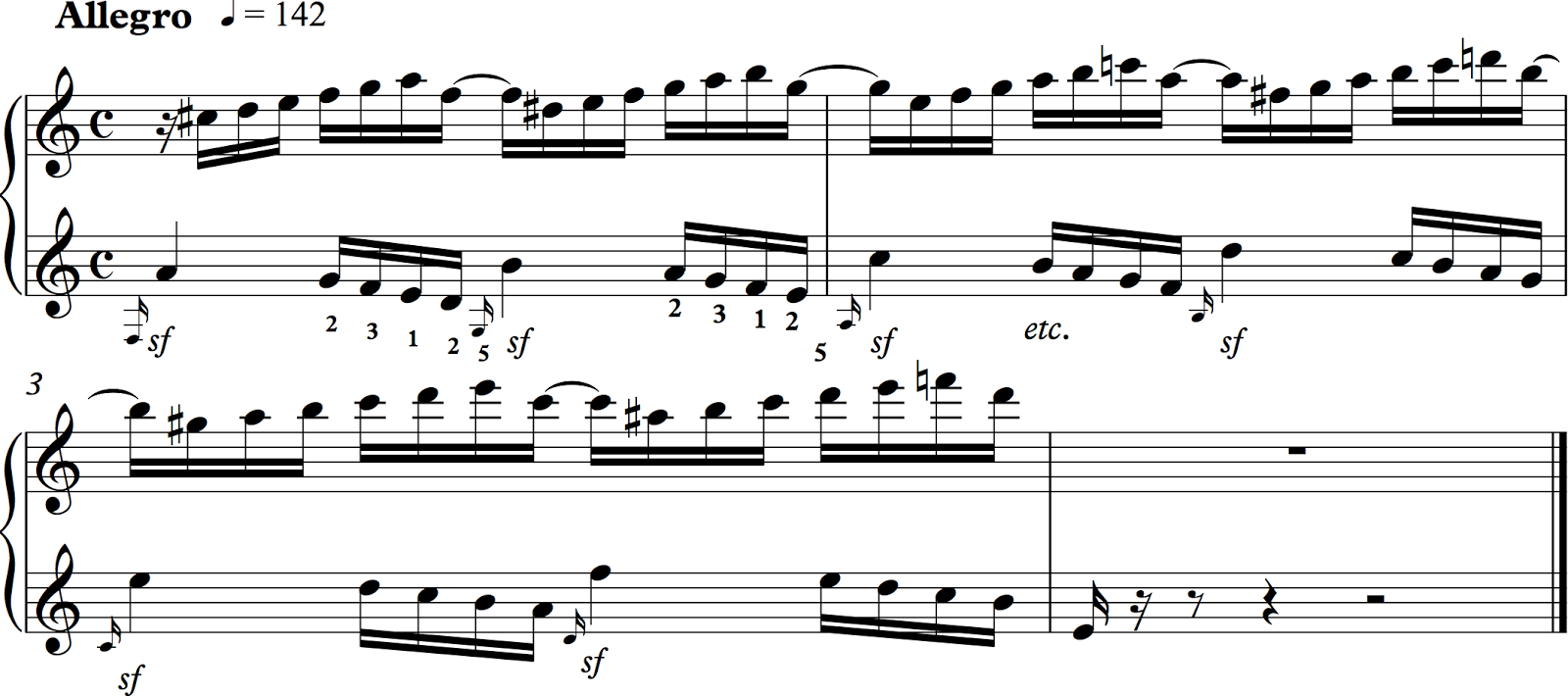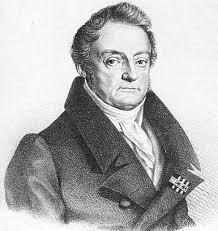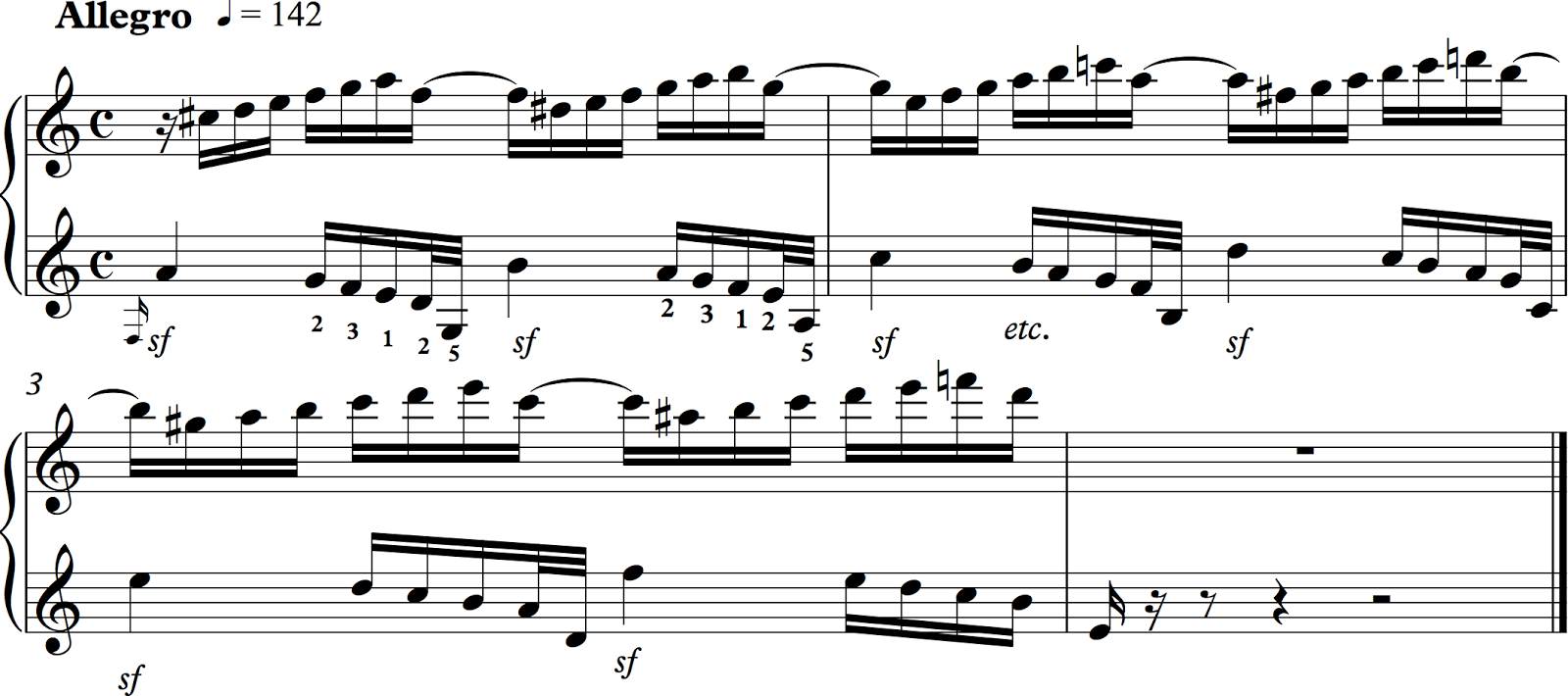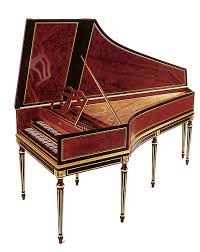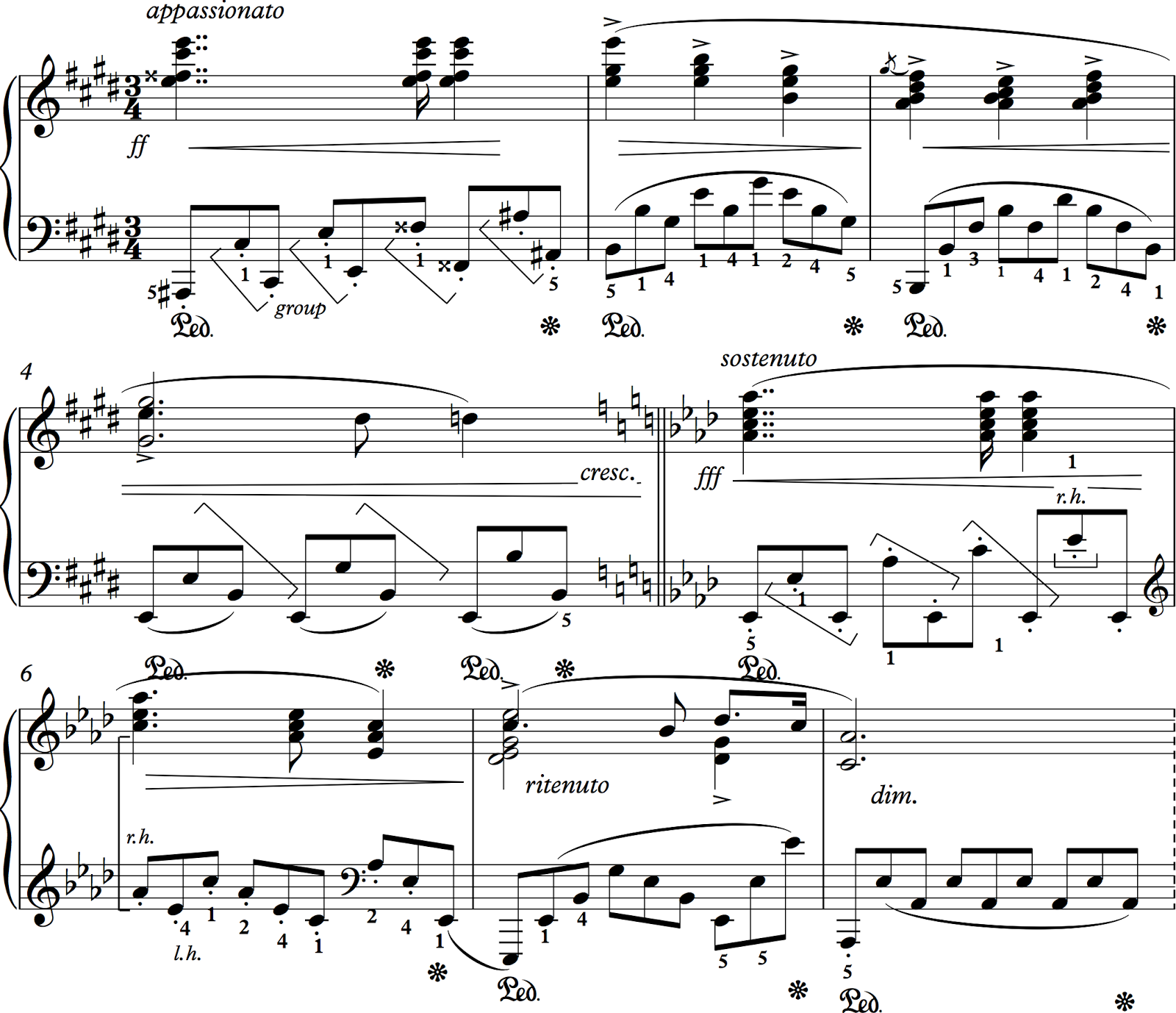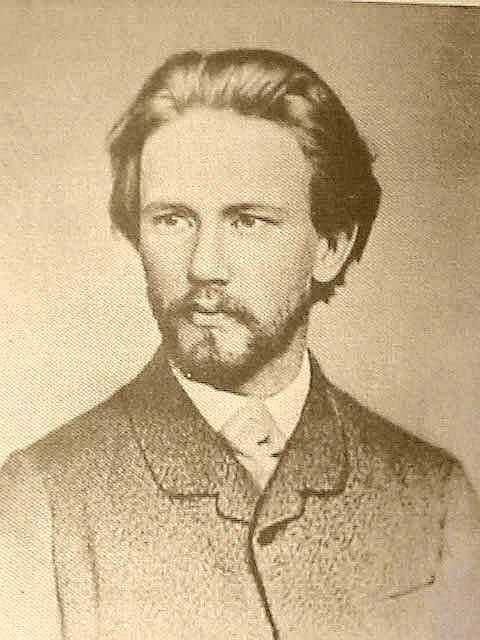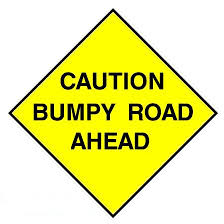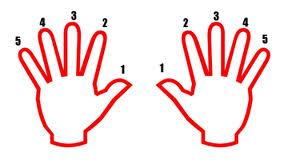 |
| Frederic Chopin |
A student writes: "Could you please address the issue of speed
(tempo)? I find it difficult to get Chopin's prelude number 3 and étude number two up to tempo. In the past, many of my teachers have repeated the mantra 'speed will come' but I think this is silly to expect it to simply miraculously happen one day. I have also had teachers tell me to practice pieces at tempo as much as I can but this also seems absurd (anyone who can immediately play certain
etudes at speed would be a prodigy in my book). So how do we achieve great speed without injury? How can we bring difficult pieces up to tempo?"
My response: Regarding developing velocity, the one teacher was correct in that speed will come, but only if the underlying mechanisms are understood. Without seeing what you're doing it's impossible to give a completely accurate diagnosis. However, I can generalize.
When I write about solving technical problems, I mean that we can identify solutions precisely enough to enable us to practice those solutions at a slow tempo. That is, we learn what we need for speed and practice that slowly, gradually working up the tempo. In the G Major Prelude, identify groups of notes that fall more or less under the hand and then practice that group plus one note, allowing the last note of one group to throw your hand to the first note of the next group. (Tiny movements.) I touch on this on page 101 in my book, Piano Technique Demystified: Insights into Problem Solving. There are of course many refinements, such as shaping in in time to use the thumb on a black key, for example (see measure 3 below). Shaping is crucial to the successful realization of this piece.
 |
Chopin Prelude, Op. 28, No. 3
A study for the left hand
(Click on example to enlarge.) |
In the etude (Op. 10, No. 2), the method of working up the tempo is the same, but only after identifying the necessary movements. In this case, the grouping is after the chord: 3, 4, 5, chord. The fingering in the Paderewski edition works, although I sometimes make adjustments. Remember, a longer finger may cross over a shorter finger (ascending) and a shorter finger may cross under a longer finger (descending). Use the chord to send your hand to the next single note; don't grip the chord. The chord is the diving board that sends your hand to the new position.
 |
Chopin Etude Op. 10, No. 2
Paderewski fingering, mine in parentheses
(Click on example to enlarge.) |
My plan goes like this: write in your score the desired top tempo and a reasonable starting tempo, not slower than you really need. Then work between those two tempos in short sections, even one measure at a time, but always stopping on a strong beat. This is the best use of the metronome I know of. Keep track of your progress in the margins. It's okay if some sections seem able to go faster than others. At this juncture, don't try to put the sections together. If a particular section won't move, that is, it doesn't feel easy, then take another look at your technical mechanisms. It may be necessary to consider additional solutions, i.e., a different fingering, shaping, grouping, etc. Never force the tempo.

